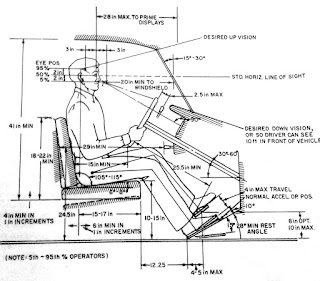Gō: Hime-tachi no Sengoku (江〜姫たちの戦国〜) As Media to Learn History of Japan
NHK always airs a taiga drama, or a kind of historical drama, in a very long episodes. Usually, some popular actors and actress will star and become one if the interesting part. This drama, Gō: Hime-tachi no Sengoku (江〜姫たちの戦国〜), or Gō: Princess of Feudal Japan, has 46 episodes, and tells a story about a woman called Gō.
What is so special about Gō? Apparently, she was born and lived around popular historical people, such as Oda Nobunaga, Toyotomi Hideyoshi, and Tokugawa Hidetada. Oda Nobunaga was the one who initiated the unification of Japan under a shogunate. But he died before his dream came true. Gō was the niece of Oda Nobunaga, but his father, Azai Nagamasa, died when she was really young (1573) after the battle with Oda Nobunaga.
Gō married three times, first one with Saji Kazunari, then divorced. Then, she married Toyotomi Hidekatsu, Hideyoshi nephew’s, but later he died on a battle with Korean. Her last husband was Tokugawa Hidetada, who became the second shogun of Tokugawa. She had two sons and five daughters, but there were only three who were popular. Senhime, married on 6 years old with her cousin, Toyotomi Hideyori, the son of Toyotomi Hideyoshi and Chacha, Gō’s older sister. Iemitsu, who became the third Tokugawa shogun, and the last one was Masako, who married Emperor Go-Mizunoo, and gave birth to Empress Meisho (1624-1696).
Gō lived since the war era, until the unification of Japan and the relatively peace times. In the drama, Gō was described as a strong woman, who was able to influence the people around her, and also unconsciously became an important part of the history of Japan.
The drama of Gō was really interesting, and also makes the history of Japan become more interesting to learn in a fun way. Since story was based on the history, on every episode, there is a narrator who explained what was happening at that time on that episode. A good selection of places for shooting, and also using the computer graphic technology, the environment of the old times was seemed so real. Therefore, people who are watching the drama will be able to create a better image in their head, than just reading the usual history textbook. The story since Oda Nobunaga’s sister married to Azai Nagamasa, the death of Oda Nobunaga, the death of Toyotomi Hideyoshi, and the story during Tokugawa Ieyasu and Tokugawa Hidetada were well described systematically. The battle of Sekigahara (1600) was also explained in Gō’s point of view, where she was involved emotionally, literally, in a battle between her family members.
In the ending part of every episodes, there is a kind of travelogue. The place on the travelogue usually is a historical spot. For example, there is a travelogue about Osaka Castle. The narrator told the historical background of the castle. What kinds of events were happening there, which were also aired on that episode, during what time, and what is left now. Sometime, there are only some ruin left, such as Odani Castle, the home castle of Azai Clan, the place where Gō’s family used to live. This is also became a lesson for the viewer that preserving a historical place is really important for the next generations.
Gō: Hime-tachi no Sengoku is only one of the dramas which periodically aired on NHK. To create a successful historical drama, of course a good research is needed. The drama also should be appealing for the viewer, not only by having popular actors, but also the main storyline, which part from history of Japan that would be good to be made on screen.
Sources:
4. History of Japan, page 85-113


Comments
Post a Comment